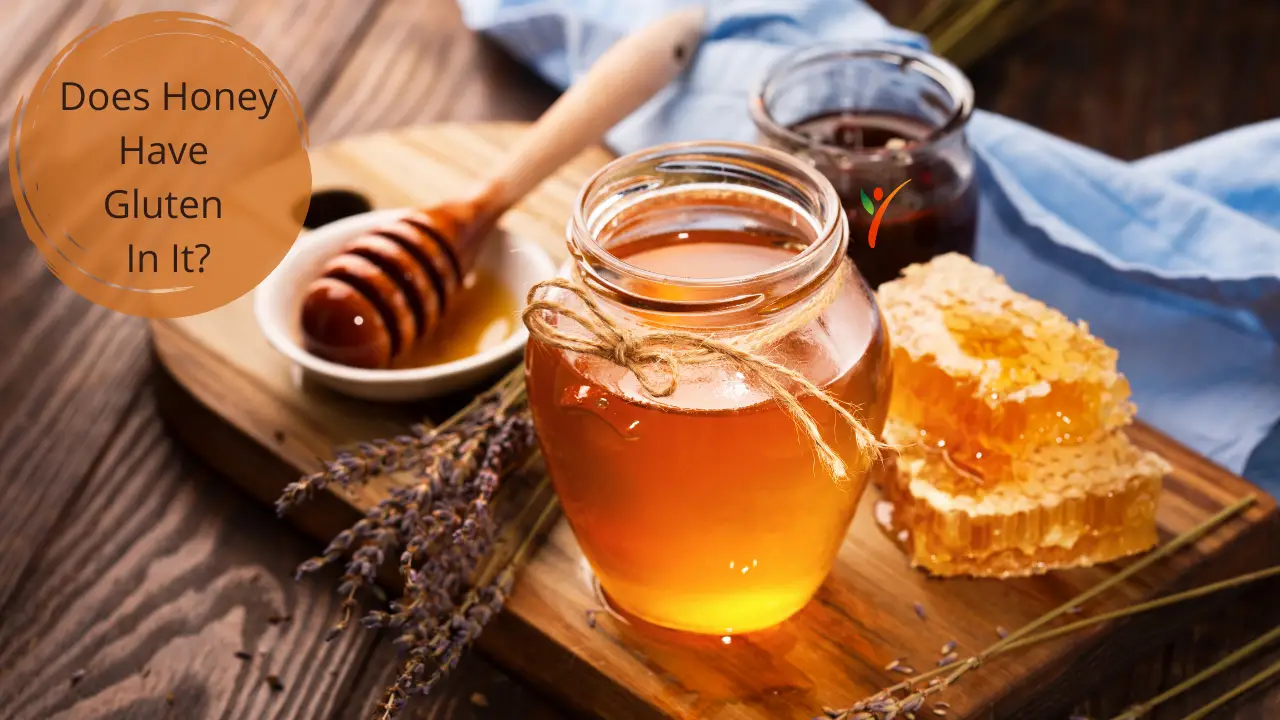Imagine making a dessert or any other marvelous entrée, and one of the ingredients in the recipe is honey. You're sure about the gluten-free aspect of the other components, but what about honey?
Knowing which ingredients are gluten-free is essential in leading a healthy gluten-free life. Following is a guide and information related to honey and whether you can include it in your daily diet or not?
What is Honey?
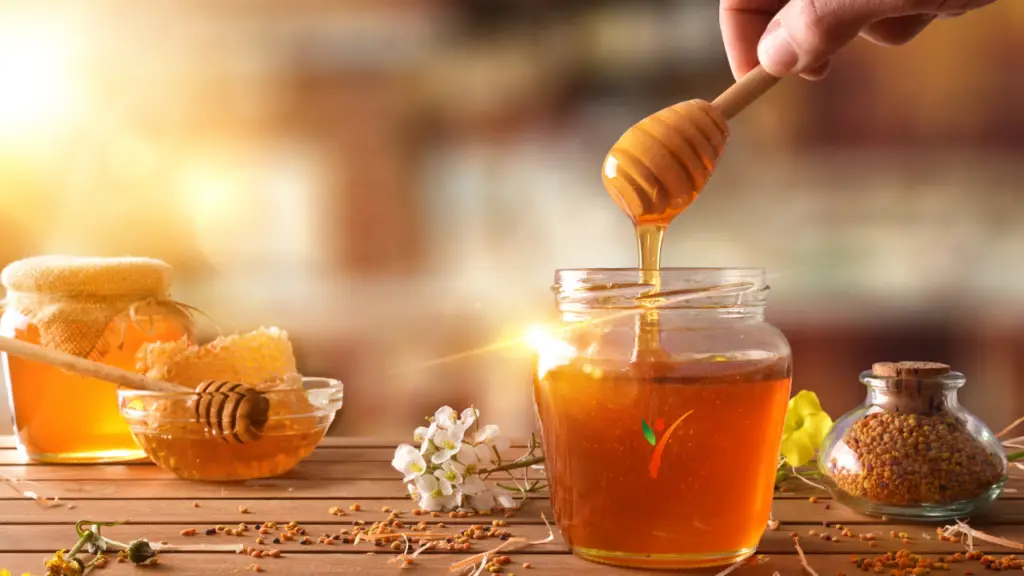
Honey, a creamy, golden liquid produced by industrious bees, is created from flowering plants' nectar. Additionally, bees save their honey during periods of drought inside the beehive for feeding. So how do bees make honey?
Nectar is harvested from flowers using the long, tube-shaped tongue of a bee and preserved in its extra stomach. Then the nectar mixes with enzymes that transform its chemical structure and pH when swirling about in the pod—making this delicious liquid more suitable for long-term storage.
As the honeybee returns to the hive, it transfers the nectar by depositing the substance to another bee. Until the partly digested nectar gets deposited into a honeycomb, and this process continues to replicate.
Nectar is only a viscous substance in the comb, unlike the thick honey you use at the breakfast table. Furthermore, the honey's excess water is evaporated by the bees using their wings for the fanning.
The bee covers the comb with a secretion of liquid from its abdomen. After much of the water has evaporated from the honeycomb, it finally hardens into beeswax. Honey can be processed permanently, supplying bees with the ideal food supply for the freezing winter.
However, bees aren't the only ones with a sweet tooth. People, bears, badgers, and other creatures raid their winged mates' winter stores to gather honey. In reality, honey was the world's primary sweetener before sugar became commonly available in the sixteenth century. We know that Greece and Sicily were among the best-known historical centers of honey production back in ancient times.
Different Types of Honey

To experience the taste and flavor of different honey types, raw and unpasteurized are the best option. Once the honey has passed through the pasteurization, much of the distinctive flavor is lost. Honey bought from beekeepers and farmer's markets are generally raw. Although there are many different types of honey, we mention the most commons ones below.
Manuka honey:
Manuka honey bees that feed on the flowers of the New Zealand Manuka bush (Leptospermum scoparium) produce manuka, honey. Mauka honey contains high amounts of methylglyoxal (MGO) and dihydroxyacetone that are responsible for its function as an antibacterial agent.
The application of manuka honey to wounds facilitates the development of new blood cells. In other words, this honey is capable of the possibility of wound-healing. It is abundant in amino acids lysine, proline, arginine, tyrosine, and vitamin B's. Minerals such as calcium, magnesium, copper, potassium, zinc, and sodium are also present.
Alfalfa Honey:
Alfalfa or lucerne honey, which comes from alfalfa (Medicago sativa) bulbs, is renowned for its prebiotic effects. It contains fructooligosaccharides that facilitate and enhance digestion by intestinal bacteria. It treats anemia, diabetes, and fever (antipyretic agent) with daily alfalfa honey intake.
Eucalyptus Honey:
As the name suggests, it comes from the flowers of the eucalyptus plant. Some of the components within this honey type include ellagic acid, myricetin, kaemferol, and luteolin. Additionally, this honey is an effective antioxidant and anti-inflammatory agent. Sodium, potassium, manganese, magnesium, iron, copper, and zinc are all found in eucalyptus honey. Eucalyptus honey can be beneficial for children with impaired immunity.
Acacia Honey:
Acacia honey, produced by bees that feed on Acacia flowers, is a pale, liquid glass-like honey. It comprises vitamins A, C, and E, flavonoids, essential amino acids, and fatty acids. Hepatoprotective (liver) and nephroprotective (kidney) effects are in Acacia honey.
Administration of acacia creates tissue proliferative and ulcerative (wound healing) results. Studies also indicate that the healing properties of acacia honey in corneal (eye) injuries are successful. This honey type also has anti-inflammatory, anti-cancer, protective DNA, and antioxidant effects.
Rosemary Honey:
Generated from Rosmarinus officinalis, rosemary honey is commonly used in European countries. It is abundant in an antioxidant called kaempferol. In emulsions and cosmetics, rosemary honey seals up the moisture in the skin. Rosemary honey is also a natural moisturizing agent with a high medicinal benefit due to its physicochemical properties.
Is Honey Gluten-Free?

It is essential to know where the honey originates from and where the hives are situated.
Suppose the bees gather pollen around gluten-containing grains growing on agricultural land. In that case, you'd want to stay cautious mainly because dust will get inside the hive and contaminate the honey and beeswax. Mass-produced honey is generally made from a mixture, making it impossible to determine if it is gluten-free.
Farmers in the USA, in particular, hire hives to pollinate their crops, then move the hives to another farm. A wheat-based commodity is often fed to the bees by some farmers.
Although, if you're not extremely gluten-sensitive, the honey's originating field shouldn't be much of a problem. But, if you want to take strict measures, it is advisable to buy raw honey in its purest form. You can get it from artisan beekeepers and cooperatives who take pride and care in honey production.
There is no chance of pollution if the hives are in distant areas away from agriculture. Not to mention, raw honey has antioxidants and nutrients that are also beneficial for the body. Remember there is always a risk of cross-contamination, so always research the brand you prefer to buy.
Why Choose Honey?
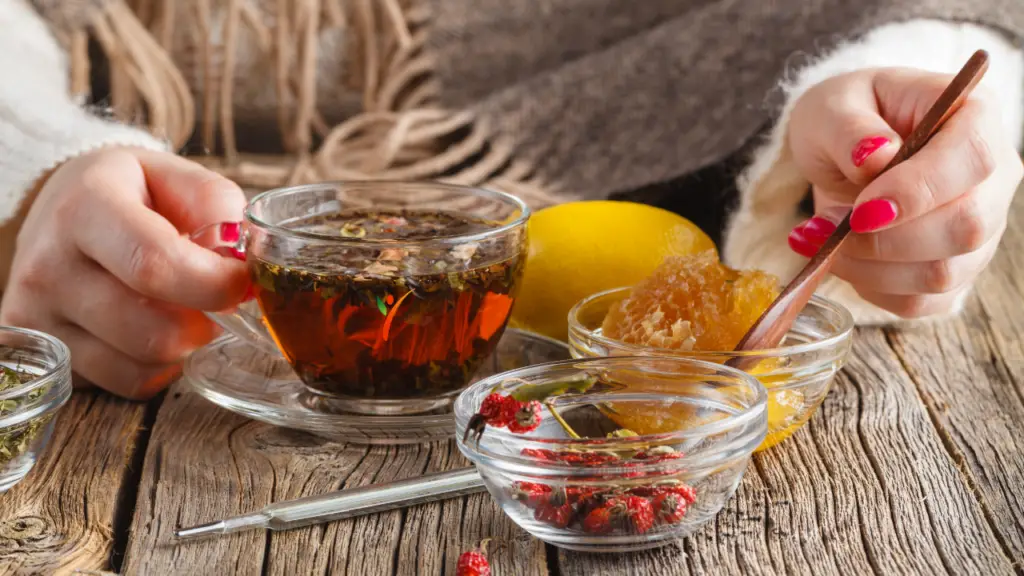
Now that you know that raw honey is as gluten-free as it comes, why should you eat it? Other than the numerous health benefits it comes with, there are several other reasons to choose honey. Let's start with honey being a great alternative to sugar for gluten-free dieters and diabetes patients. Honey, being a natural sweetener, makes it an easy switch-around for sugar daily.
Studies prove that those with diabetes should consume honey instead of sugar, but that too, in a monitored amount. With winter coming around again this year, you're likely to be hit by the seasonal flu and coughing. A tablespoon of honey in warm milk, water, or just the honey itself, can calm the cold symptoms. A healthier sweet alternative and also full-of-nutritious ingredients, it is the best of both worlds.
Gluten-Free Chinese Honey Chicken
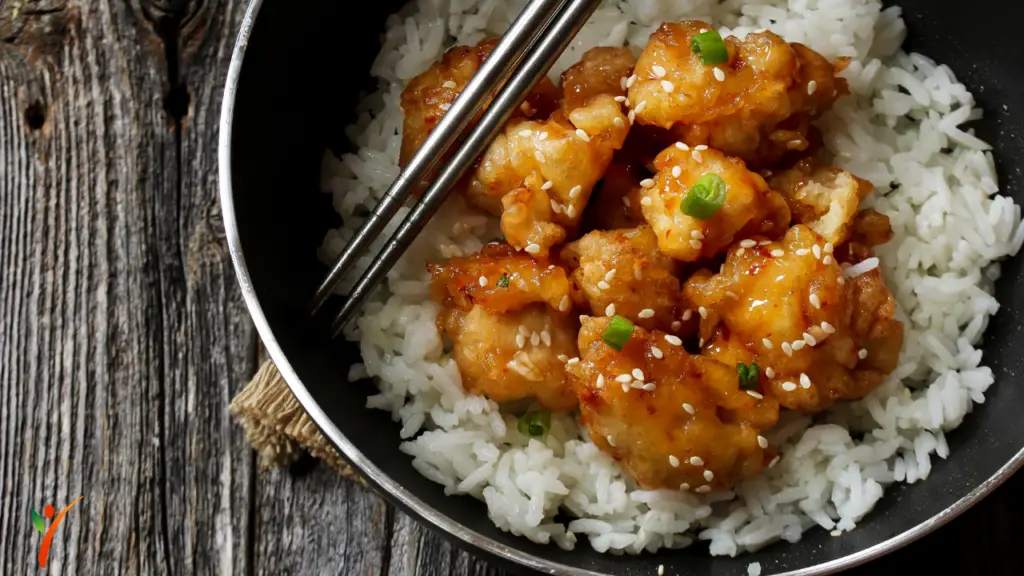
Prep time: 14 minutes
Cook time: 15 minutes
Serving: 4
Total time: 29 minutes
Ingredients:
- 1/3 cup honey
- 2 tbsp. gluten-free soy sauce
- 1 tbsp. apple cider vinegar
- 1 tbsp. Sesame oil
- ½ tbsp. crushed red pepper flakes
- ½ cup cornstarch
- 2 tbsp. brown sugar
- 1 egg, whisked
- 1 lb. boneless, skinless chicken breasts, sliced into cubes
- 3 tbsp. olive oil
- 1 Thai chili pepper, seeded & sliced
- 3 cloves garlic, minced
- 2 tbsp. green onions, diced
- 2 cups of cooked white rice
Instructions:
- Combine the honey, gluten-free soy sauce, apple cider vinegar, sesame oil, and red pepper flakes in a small bowl and put the bowl aside.
- In a small bowl or on a rimmed tray, combine the cornstarch and brown sugar.
- Then add the egg to a separate shallow bowl and whisk.
- To the egg, add the chicken, and cover it in the mixture of cornstarch.
- On a medium-high flame, apply the olive oil to a large skillet.
- Connect the garlic, chili pepper, and coated chicken.
- Cook the chicken until both sides are mildly brown.
- Pour the chicken over the honey sauce and sauté for 2-3 minutes.
- Lower the flame, cover the saucepan and simmer for 6-8 minutes.
- Cover and serve with the sliced green onions.
- Serve over rice.
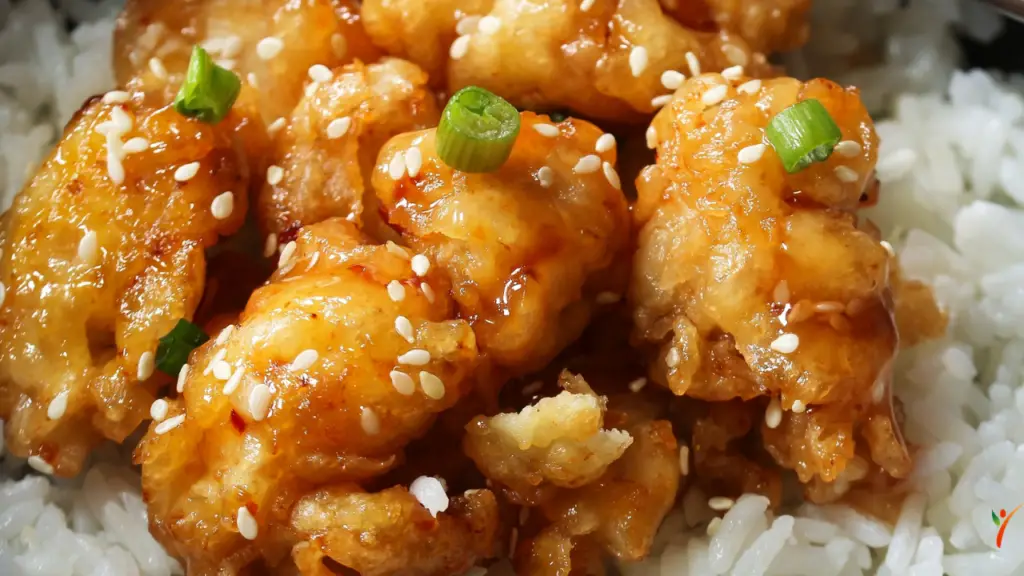
Conclusion:
Almost all raw honey types are gluten-free and are a great alternative to sugar in your daily life. Make sure to buy from farms and reliable places. On the other hand, even if you end up buying from a grocery store, make sure to check its ingredients list. It's better to be safe than sorry!
The reason why honey is gluten-free is that there is little to no human interference in its manufacturing. Hence, this can become your new regular kitchen staple in your gluten-free pantry.
The owner of this website, HealthYeahLife.com, is a participant in the Amazon Services LLC Associates Program, an affiliate advertising program designed to provide a means for sites to earn advertising fees by advertising and linking HealthYeahLife.com Review to Amazon properties including, but not limited to, amazon.com.

